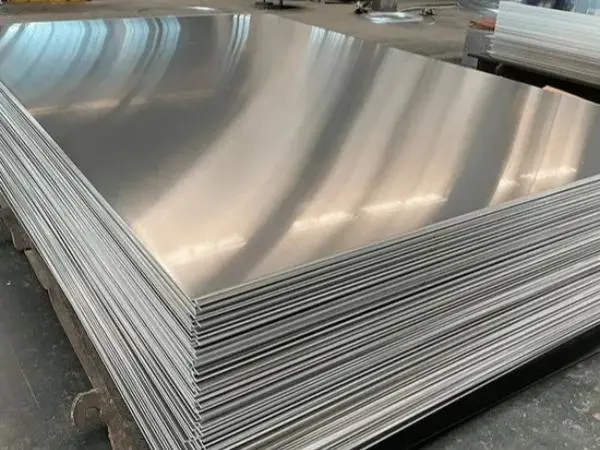- Phone0086 731 8564 8255
- E-mailsales@cscsteel-manufacturing.com
-

Rubber lining is an effective method to prevent corrosion, contamination, and the risk of ignition or explosion in both industrial and commercial settings. Rubber lined steel pipe serves dual purposes, offering protection against both abrasive and chemical damage.
What is Rubber Lining?
Rubber lining involves the application of rubber sheets or extruded tubes to the inner surface of steel pipes. This process significantly increases the lifespan of the equipment while reducing the need for unscheduled maintenance. It is especially beneficial for pipes that transport fluids containing abrasive solids or aggressive chemicals, making rubber-lined steel pipes an ideal solution for such conditions.
Rubber linings must often endure extreme temperatures depending on the specific use of the equipment, as metals exposed to liquid streams are prone to corrosion. Steel, with its strength and resilience under pressure and temperature fluctuations, is commonly used in piping applications. Rubber, being both tough and flexible, enhances the durability of steel pipes when used as an internal lining.
It’s crucial, however, to match the chemical properties of the fluids being conveyed to the rubber's composition to avoid chemical reactions, as rubber lining is not a universal solution for all applications.
Types of Rubber Used for Lining Steel Pipes
Various rubber compounds are available for lining steel pipes, each offering different levels of chemical resistance. Rubber serves as an insulating barrier, protecting the metal surface from harsh environmental conditions, particularly in industries such as mining, chemical processing, power generation, and steel production.
Factors like temperature, chemical composition, and material concentration play a role in selecting the right type of rubber for lining steel pipes, helping to extend equipment life and improve operational efficiency. Natural rubber, for instance, is suitable for most inorganic chemicals except for strong oxidizers and is resistant to alcohols, esters, and hydrochloric acid.
In more demanding environments, synthetic rubber compounds like Chloroprene Rubber are used, particularly in acid plants or settings requiring higher resistance to oils, acids, and abrasives.
Rubber Hardness
Rubber hardness is classified on a scale, with rubber exceeding Shore D 60 considered "hard rubber." Generally, harder rubbers are less flexible and more sensitive to temperature fluctuations. Hard rubbers require autoclave vulcanization and are thus restricted to smaller components, whereas softer rubbers, which maintain elasticity over a wide temperature range, are more commonly used for steel pipe linings and can be applied on-site.
How Rubber Lining is Applied?
Rubber lining can be used across a wide range of equipment. For stationary machinery, parts, or equipment, rubber lining can be applied on-site, though some limitations exist. Autoclave machines can make rubber lining more cost-effective for individual components.
Before applying the rubber lining, it is essential to inspect the steel piping for any defects that could cause issues such as blisters in the lining or air interference during the curing process. Proper inspection ensures a smooth application and long-lasting protection.




